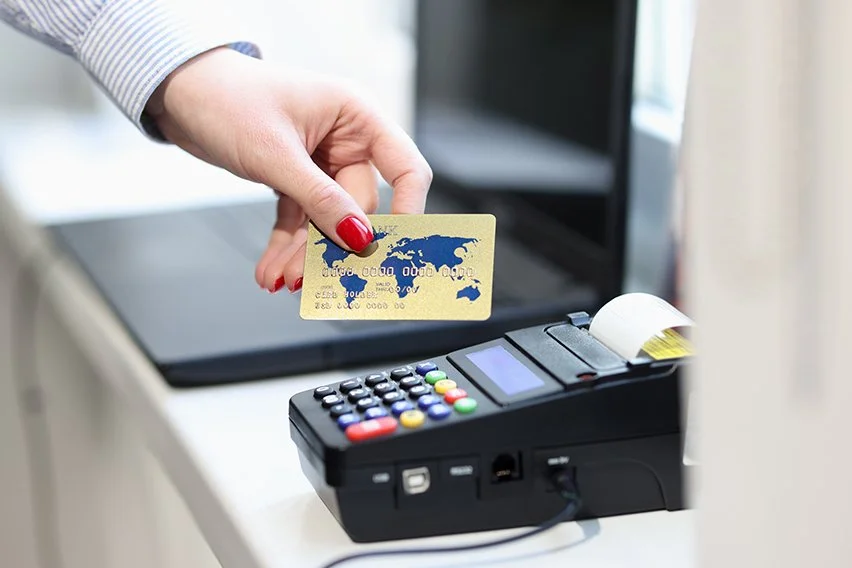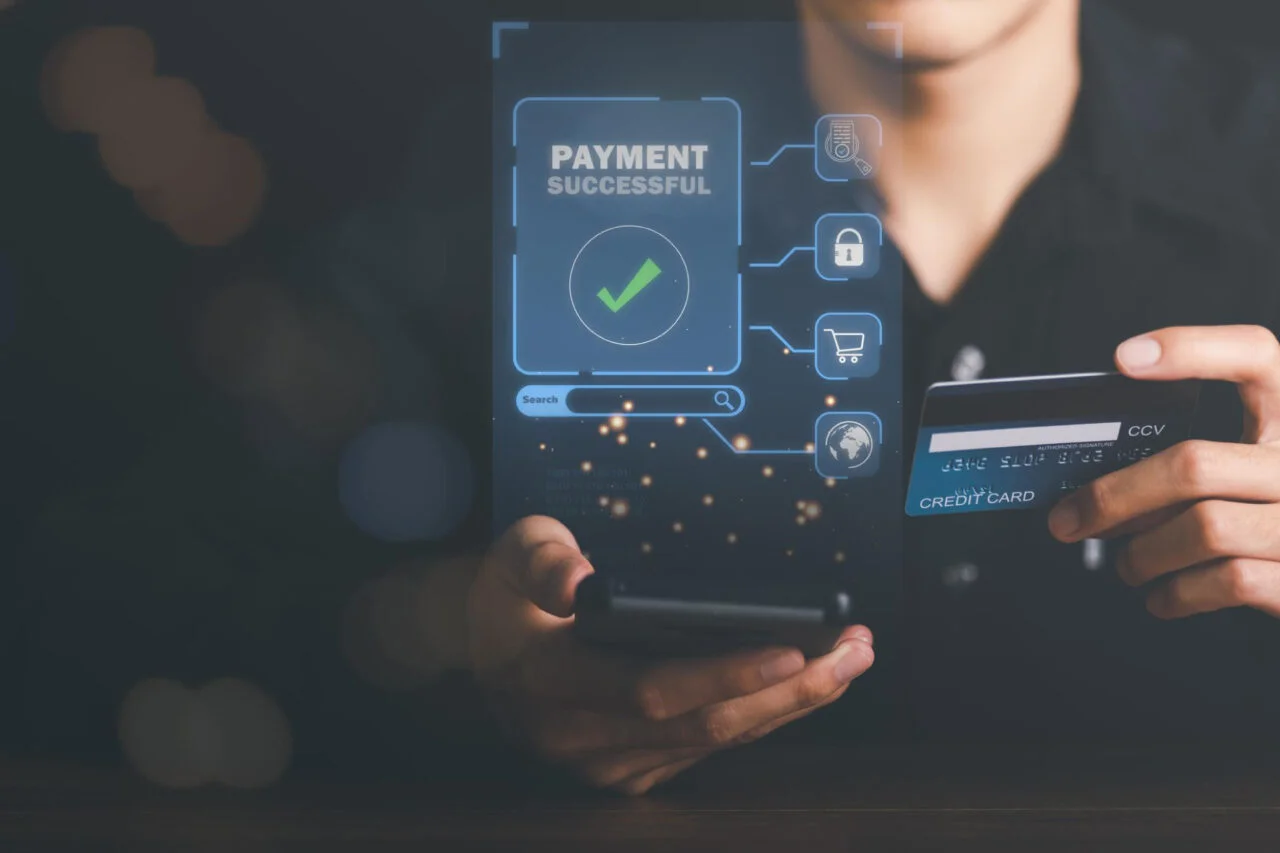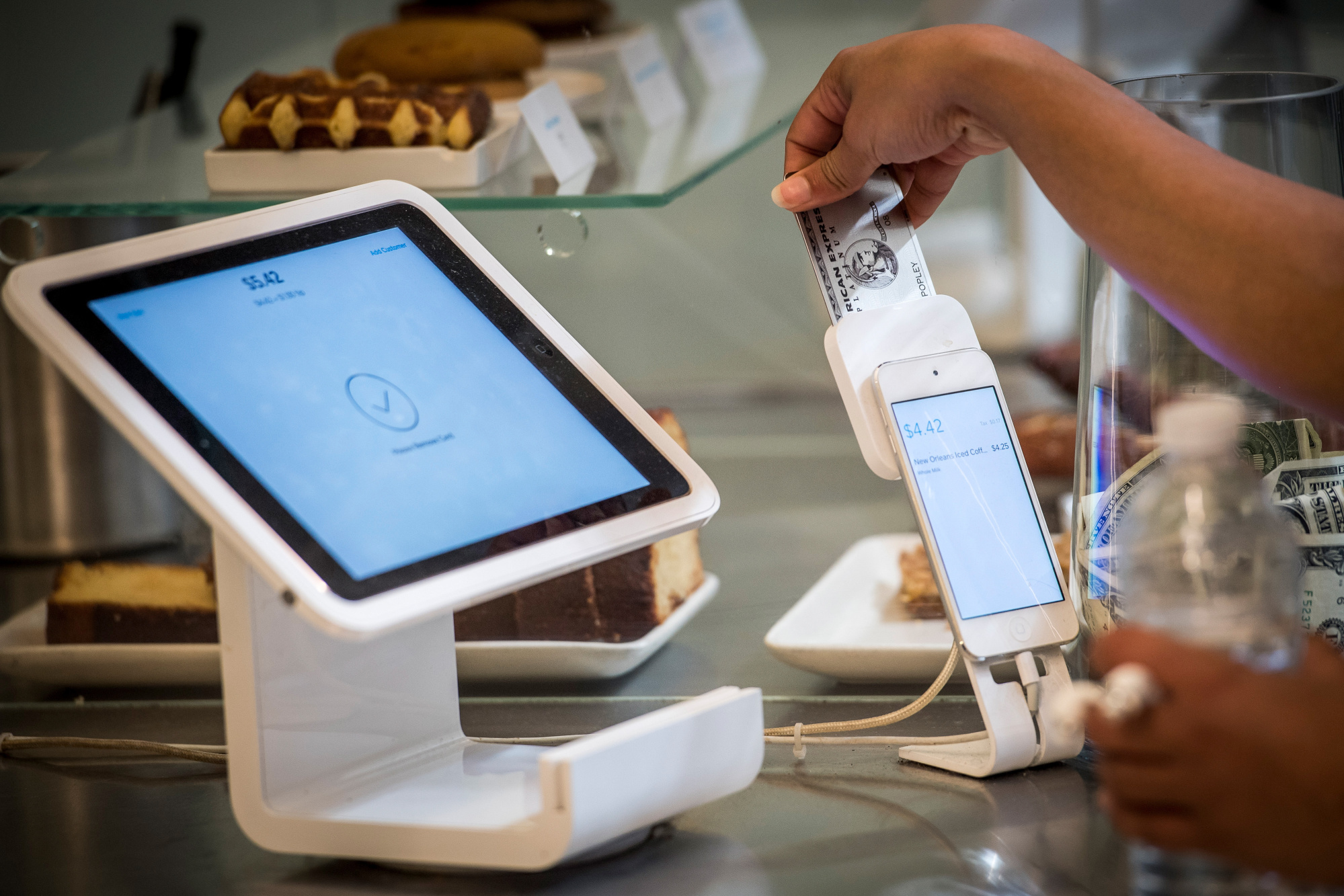
Modern payment solutions are vital for businesses to stay competitive and meet customer expectations.
Understanding Digital Payment Strategy
A digital payment strategy is essential for businesses aiming to streamline transactions and improve customer satisfaction. This strategy involves selecting the right payment platforms, integrating advanced technologies, and staying updated with payment trends.
Key components include payment platforms like credit cards and digital wallets, technology integration for seamless operations, and adaptation to emerging trends such as mobile payments and biometric authentication.
Enhancing customer experience involves ensuring quick transaction speeds and robust security measures to protect against fraud.
By focusing on these elements, businesses can create a smooth and secure payment process that meets the needs of modern consumers.
Key Digital Methods

First, let us touch upon some key digital methods.
Credit and Debit Cards
Credit and debit cards are ubiquitous and convenient, making them a popular choice for consumers. They offer ease of use and widespread acceptance, but businesses must consider associated transaction fees and the risk of chargebacks. Despite these challenges, the ubiquity of cards makes them a cornerstone of any payment strategy.
Digital Wallets
Digital wallets like Apple Pay, Google Pay, and Samsung Pay provide a mobile-friendly payment option with added security through biometric authentication. These wallets allow customers to make quick and secure payments using their smartphones, enhancing the overall shopping experience. They are increasingly popular due to their convenience and security features.
Buy Now, Pay Later (BNPL)
BNPL services, such as Klarna, Afterpay, and Affirm, offer consumers flexibility by allowing them to split payments into installments. This method can lead to higher conversion rates as it reduces the immediate financial burden on customers. However, businesses must manage the associated risks and ensure they partner with reliable BNPL providers.
Bank Transfers
Bank transfers are secure and suitable for high-value transactions, offering lower transaction fees compared to card payments. However, they usually have longer processing times, which can be a drawback for businesses requiring instant payment confirmation. They are ideal for large purchases where security is a top priority.
Mobile Payments
Mobile payments, including QR code payments and carrier billing, provide compatibility with various devices and networks. This method is particularly popular in regions with high mobile penetration, offering convenience and security for on-the-go transactions. Mobile payments are becoming an integral part of the digital payment landscape.
Implementing a Robust Digital Payment Strategy

Implementing a robust digital payment strategy is essential for businesses looking to streamline transactions, enhance security, and improve customer satisfaction.
Payment Processor & Gateway
Choosing the right processor and gateway is crucial for seamless transactions. These components handle the authorization and processing of payments, ensuring funds are transferred securely from customers to the business.
A payment processor is responsible for moving the transaction through the various stages, while the payment gateway acts as the intermediary between the merchant’s website and the processor, securely transmitting transaction data.
Comprehensive service providers like Noda offer integrated solutions that simplify the payment process. They provide features such as multi-currency support, fraud detection, and compliance with industry standards like PCI DSS.
By using a single provider for both processing and gateway services, businesses can reduce complexity, lower costs, and improve transaction speed and security.
Open Banking Payments
Open banking payments, or Account-to-Account (A2A) payments, leverage secure data sharing enabled by regulations like PSD2 (the Second Payment Services Directive). This method allows direct transfers between bank accounts without the need for intermediaries like card networks.
The benefits of open banking include reduced transaction fees, as there are no card processing costs, and faster processing times, as funds are transferred almost instantaneously between accounts.
Open banking enhances security by enabling direct bank transfers, minimizing the risk of fraud associated with card payments.
It also provides a more transparent and streamlined payment process, with customers authorizing payments directly through their bank’s secure environment. Businesses can integrate open banking solutions to offer customers a more efficient and secure payment option.
Card Machines for Business
Card machines, also known as point-of-sale (POS) terminals, are essential for businesses that handle in-person transactions. These devices allow businesses to accept payments via credit and debit cards, as well as contactless payments using digital wallets like Apple Pay and Google Pay.
Modern card machines for bussines come with a variety of features to enhance the experience. They offer quick and secure transaction processing, reducing wait times for customers.
Many card machines also support mobile connectivity, allowing businesses to accept payments on-the-go, which is particularly useful for industries like food delivery, event vendors, and mobile services.
Key Considerations for Strategy

A seamless checkout process is critical for maximizing conversion rates. Businesses must focus on creating an intuitive user experience, with easy-to-navigate payment forms and clear instructions. An optimized UX reduces cart abandonment and enhances customer satisfaction.
Addressing cybercrime and fraud is paramount in any payment strategy. Businesses should employ tools such as encryption, tokenization, multi-factor authentication (MFA), and anti-fraud monitoring. Compliance with standards like PSD2 and PCI DSS ensures that payment systems are secure and trustworthy.
As smartphone penetration increases, optimizing payment solutions for mobile devices is essential. Mobile-friendly payment options and interfaces enhance the user experience for customers shopping on their phones, contributing to higher conversion rates and customer loyalty.
Leveraging data analytics helps businesses personalize payment experiences and gain insights into customer financial habits. By analyzing transaction data, companies can tailor their payment solutions to meet customer preferences, enhancing satisfaction and loyalty.
Strategies for Experimenting with Methods

Understanding customer preferences through surveys and transaction data analysis is key to selecting the right methods. Businesses should regularly gather feedback and monitor trends to stay aligned with customer expectations and preferences.
Tracking key performance indicators (KPIs) such as acceptance rate, conversion rates, transaction costs, and cart abandonment rates helps businesses evaluate the effectiveness of their payment strategies. Continuous monitoring enables timely adjustments to optimize performance.
Simplifying forms and providing clear instructions can significantly improve the checkout experience. Businesses should focus on reducing friction during the process, making it as straightforward and quick as possible to enhance customer satisfaction.
Prioritizing security measures like encryption, tokenization, and MFA is essential. Businesses must also ensure compliance with standards such as PCI DSS, GDPR, and PSD2 to protect customer data and maintain trust.
The Bottom Line
Strategic approaches to modern payment solutions involve continuous experimentation and adaptation.
By focusing on customer preferences, security, and seamless experiences, businesses can stay competitive and meet the evolving needs of their customers.






